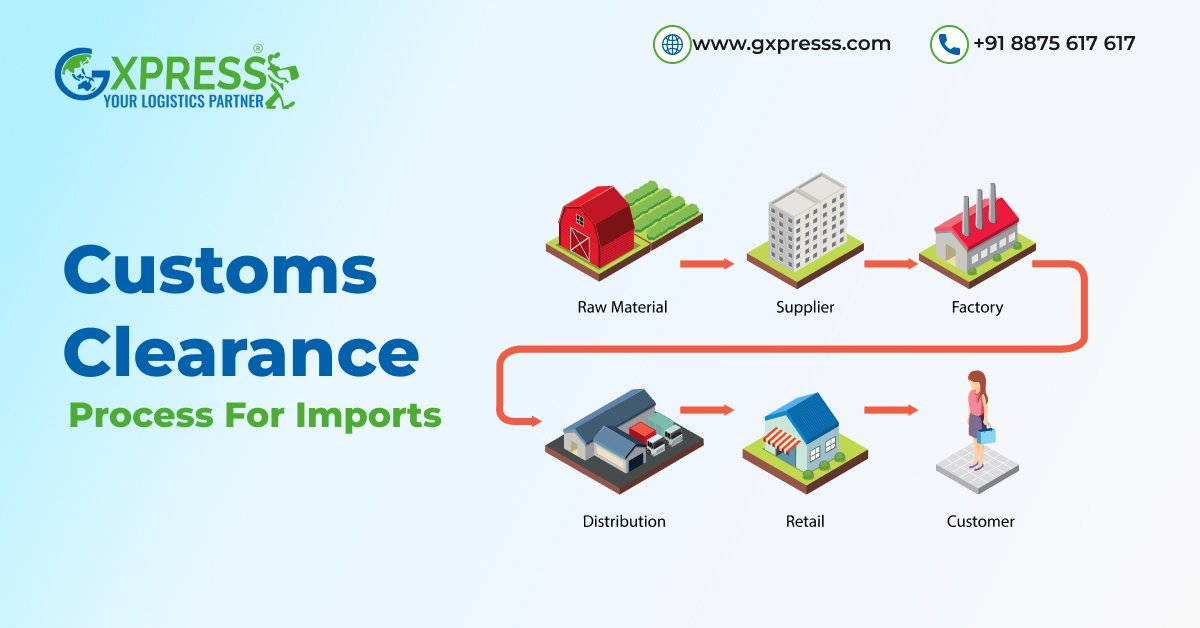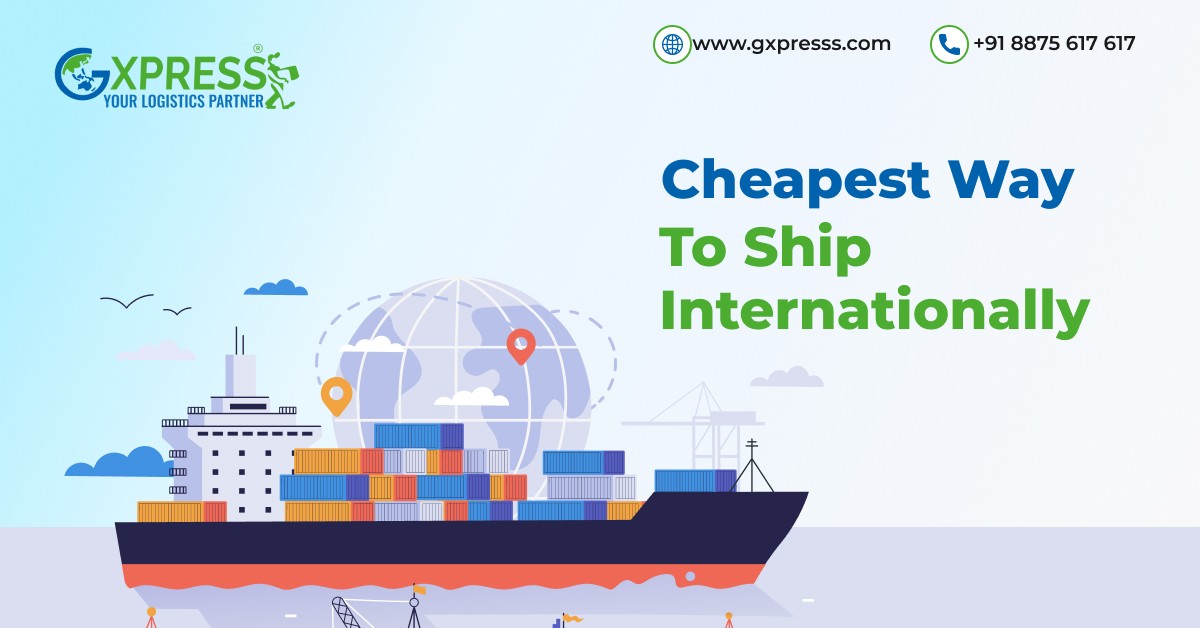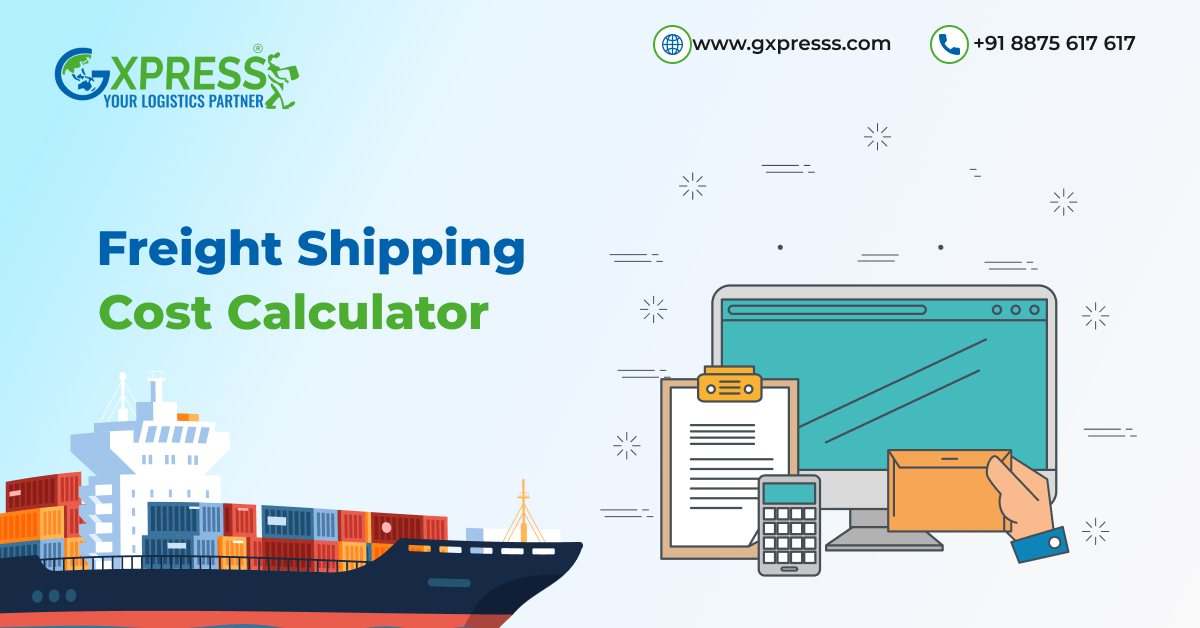May 23, 2025Freight9 min readBy Admin
Air Freight vs. Ocean Freight: Which Option is Best for 2025?

Are you concerned about air freight vs ocean freight and which to use for your deliveries? Many sellers like you have their doubts about air vs ocean freight, too. So, let’s try to understand it better. Delivery service around the world focuses on three main things: cost, speed, and caring for the earth.
With more people buying from other countries online, the push for fast shipping and the need to treat the planet well, we have to ask: How should you send your packages: by air freight vs ocean freight? Let’s make it easy to see what’s best for you, whether it’s for work or your own needs.
In 2025, while air freight remains the premium service for speed, ocean freight is still unmatched when it comes to affordability and high-volume capabilities.
Air Freight Meaning
Air freight means sending goods through the air with planes. It’s best when you need things quickly or are sending goods that are worth a lot but don’t take up much room.Types of Air Freight
- Consolidated Air Freight: Combines many shipments into one.
- Direct Air Freight: You book a spot on a regular flight; it’s costly but quick.
- Deferred Air Freight: It’s not a priority, so it costs less but takes longer.
Ocean Freight Meaning
Ocean freight means shipping by sea using big ships. It’s good for large, heavy items that don’t need to rush.Types of Ocean Freight
- FCL (Full Container Load): One shipper fills the whole container.
- LCL (Less than Container Load): Combines many shipments in one container.
- Roll-on/Roll-off (RoRo): For cars and machines that roll onto the ship.
- Bulk Shipping: For raw materials like oil, grain, and coal.
Air Freight vs Ocean Freight: Comparison of Prices, Routes & Duration
Air freight vs ocean freight both have their own merits and demerits:| Feature | Air Freight | Ocean Freight |
| Cost | High | Lower |
| Routes | Access to over 4,000 airports worldwide | Access to major ports globally |
| Transit Time | 1–7 days (faster) | 20–60 days (slower) |
| Custom Clearance | Faster | Slower |
| Ideal for | Time-sensitive, high-value goods | Large volumes, less urgent shipments |
Air Freight vs Ocean Freight: Pros and Cons
| Pros | Cons | |
| Air Freight | - Super quick - Always on time - Barely any storage needed - Very safe, little harm risk | - Costly (3–5x more than sea) - Limited by size and weight - Puts out more pollution |
| Ocean Freight | - Less expensive - Good for big, heavy deliveries - More eco-friendly than air freight | - Slower - More chance of delays - Extra fees for storage and delays |
Restrictions on Air Freight vs Ocean Freight
Air Freight
- Dangerous items like lithium batteries, flammable liquids, or explosives.
- Large items may not fit in the aircraft.
- Certain goods are temperature-sensitive and need special packaging.
Ocean Freight
- More moisture can risk of water damage.
- Complex documentation for certain restricted goods.
- Slower delivery times may cause issues in emergencies.
4 Factors to Consider When Choosing Between Air Freight and Ocean Freight
Choosing between air and sea shipping isn't always easy. The best choice depends not only on how fast or cheap it is—it needs to look at many things that change how well, cheap, and right it is for your load. Let's take a closer look at four key things to keep in mind:1. Timing
Time is often what makes the final call. If your cargo must reach just in time, or you're sending food that goes bad fast, have tight event dates, or need medical things, air shipping is the way to go.- Air Shipping: Great for getting things there in 1–7 days. Top pick for fast needs.
- Sea Shipping: Travel times are more like 20 to 60 days. Better if you're not in a rush.
2. Price
Cost is a big thing to think about, too. Shipping fees can eat up a lot of what it costs to get your goods, especially for small firms.- Air Shipping: May cost 3–5 times more than sea. Prices are by weight and space.
- Sea Shipping: Much cheaper for big loads. Costs go by container size (FCL or LCL), not just weight.
3. Quantity
What you're shipping matters a lot when picking the right freight method.- Air Shipping: Good for costly, breakable, or urgent things like gadgets, medicines, or expensive items. But, not good for hazardous materials and oversized cargo.
- Sea Shipping: Works better for big, heavy, or odd-shaped items. Top for goods, raw stuff, machines, and big cargo. Also, more open in what you can send, yet keep things dry and safe.
4. Environmental Impact
See how your shipping choices can affect the planet.- Air Shipping: Big carbon mark—planes use a lot more fuel per mile than ships. Though new fuels like Sustainable Aviation Fuel (SAF) are coming, they’re not usual yet. Air shipping puts out about 500g of Carbon Dioxide per ton per km.
- Sea Shipping: Far better on fuel per ton-mile. Still has issues (like sea waste, slow moving), but generally goes well with green steps. Ocean freight sends out about 10-40g of Carbon Dioxide per ton per km.
Benefits of Partnering with the Right Logistics Provider
If you are thinking about air vs ocean freight in 2025, one thing can make or break your shipping strategy: your air freight and sea freight logistics partner. Working with a good shipping helper is not just about delivering goods—it is about dealing with customs rules, getting ready for troubles, handling storage, and ensuring your supply line is good from start to end. A good partner can help you see the trade-offs between speed, cost, and trust—this is very important in today’s fast-changing world trade scene. Here’s what to check for:Global Reach
Pick a helper with a strong world reach and ways into big ports and airports. This makes sure you have flexible ways and fast fixes for delays or troubles.Many-Way Skills
Freight doesn't fit one mold. A helper that gives both air and ocean options can shape plans that fit your item type, how fast you need it, and your budget.Open & Track
Seeing everything is key. Your shipping helper should give you live tracking, easy-to-understand paperwork, and early talks to stop any shocks.Made-to-Fit Help
The best helpers work like they are part of your team. They should give help that fits your field, whether you ship seasonal clothes or things that need to stay cool. In the end, the right shipping helper lets you plan instead of just reacting. In 2025’s quick world market, this smart plan can be what makes you meet deadlines—or miss chances.Conclusion
There is no perfect answer to the “air freight vs ocean freight” debate. You can pick Air freight if you only want fast shipping without caring about costs. Ocean freight is better for you if you have a large quantity to deliver, care for cost, and want a smaller carbon footprint. As 2025 rolls on, businesses need to keep up with quick deliveries, good money, and caring for the earth. What you choose relies on what you send, customer needs, and what you value. So, air freight vs ocean freight? Pick what works best for your stuff and aims.Frequently Asked Questions
Q1. What is sea freight and air freight?
Sea freight uses cargo ships for ocean transport. Air freight uses planes for shipping goods. Both are common in global trade.Q2. What is the difference between air freight and ocean freight?
Air freight is quick and for urgent, valuable shipments, but expensive. Sea freight is slow, cost-effective, and perfect for large cargo.Q3. Which is better, air freight or sea freight?
It relies on your needs. Pick air for quick, reliable transport; sea for savings and heavy loads. The right choice depends on the size, value, and urgency of your shipment.Q4. What are the disadvantages of air freight?
Air freight costs more, has size and weight limits, and higher carbon emissions than sea freight. Not right for some risky or bulky items.Q5. Which is faster, air or sea shipping?
Air shipping is way faster, usually 1–7 days. Sea shipping may take 20–60 days due to routes or port delays.Q6. What is the most expensive form of transportation?
Air freight costs the most because of high fuel use, limited space, and speedy delivery. It can be up to five times costlier than ocean transport.Share this article:



